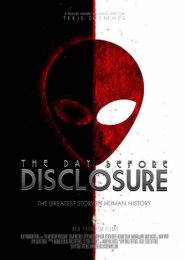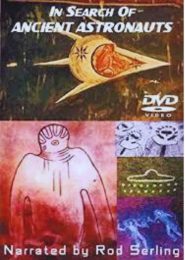Who Built Stonehenge? (2004)
Stonehenge, England’s most ancient and enigmatic monument, has captivated human imagination for centuries. Its mysterious origins and the marvel of its construction continue to intrigue archaeologists, historians, and curious minds alike.
“Who Built Stonehenge?”, a documentary released in 2004, delves into the enigma surrounding this iconic site. Let’s explore the fascinating details:
- The Monument:
- Age: Stonehenge dates back approximately 5,000 years.
- Structure: Comprising 85 standing stones, some weighing over 40 tonnes, it remains a testament to ancient engineering prowess.
- Alignment: The precision applied in its construction is breathtaking. Some believe the stones were aligned with the stars.
- The Questions:
- Why?: Why was Stonehenge built? Was it a celestial observatory, a religious site, or something else entirely?
- How?: How did our ancestors transport and position these massive stones using primitive technology?
- Human Remains:
- Archaeologists discovered human remains near the site. These ancient bones hold the key to unraveling the identities of Stonehenge’s architects.
- Were they tribal leaders, skilled craftsmen, or perhaps a combination of both?
- Theories and Speculations:
- Over the years, countless theories have emerged. Some propose that it was a burial ground, while others suggest it served as a ritual space.
- The Aubrey Holes, circular depressions within the monument, add to the mystery. Were they used for offerings or ceremonies?
- Modern Investigations:
- Recent research, such as the 2021 documentary Stonehenge: The Lost Circle Revealed, continues to shed light on the monument’s origins.
- Archaeologists explore the culture that drove its construction, seeking clues about the people who built it .
In summary, Stonehenge remains an enigma—a silent witness to ancient ingenuity and cosmic wonder. Its stones echo with the whispers of forgotten lives, and as we gaze upon them, we ponder the mysteries of our distant past.




